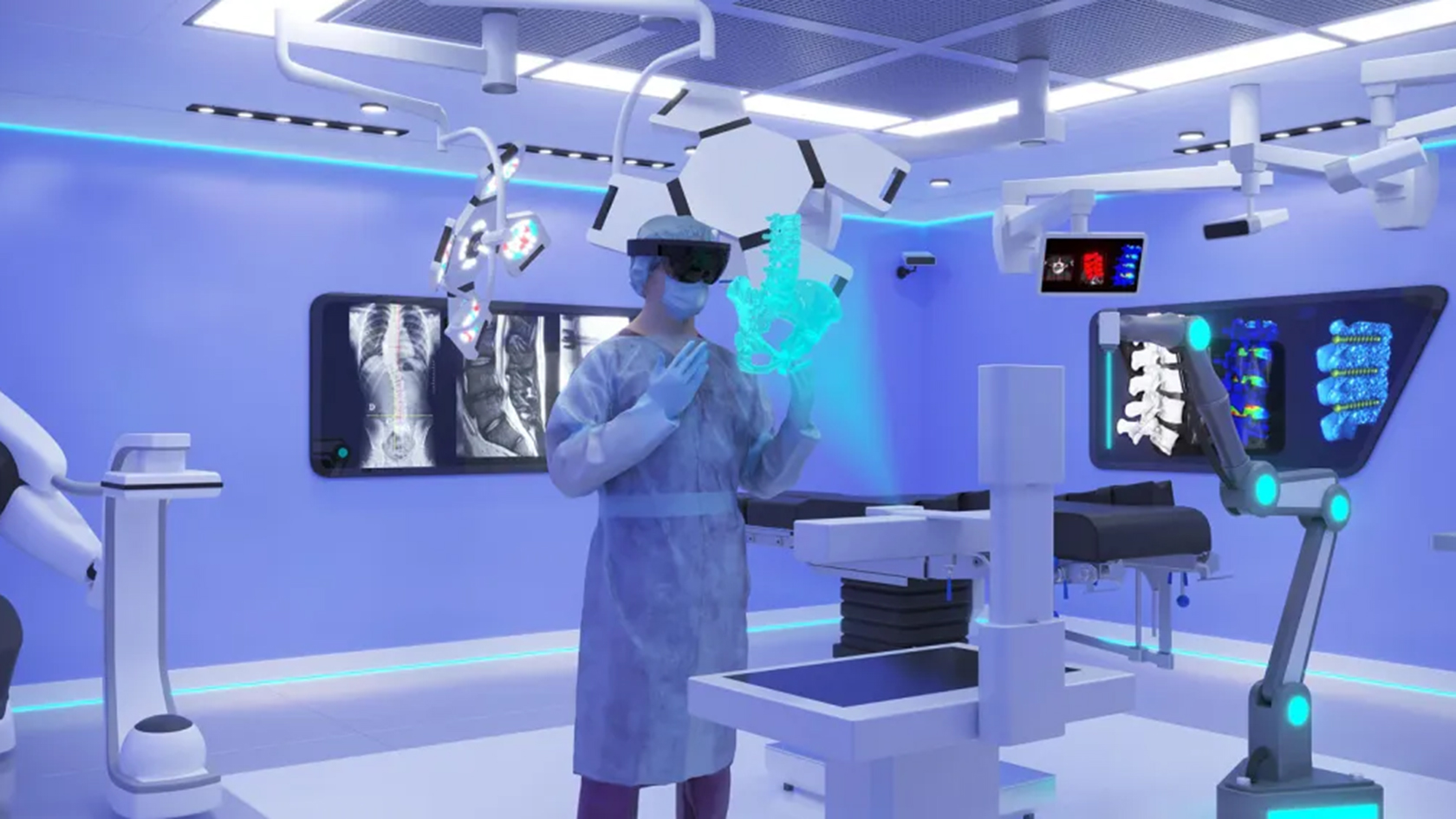Projects of the National Roadmap for Research Infrastructures

Every four years, the State Secretariat for Education, Research and Innovation (SERI) publishes a roadmap for research infrastructures of national importance.
Roadmap 2027
The process for the Roadmap 2027 has been launched.
The deadline for UZH-internal submission of project ideas is 24 February 2025.
Information on the process, governance and selection criteria is available on the swissuniversities website:
https://www.swissuniversities.ch/en/topics/research/research-infrastructures
Roadmap 2023
UZH is responsible for five of the 14 prioritized large-scale projects for the period 2025 - 2028. The projects were awarded thehighest level of excellence (A) and are recommended for implementation with the highest priority.
Swiss Roadmap for Research Infrastrutures 2025-2028
OR-X: A Translational Hub for Surgical Research and Innovation
The Operating Room X (OR-X) is a state-of-the-art environment for surgical research and teaching. Led by UZH and Balgrist University Hospital, the OR-X simplifies surgical training, without putting an additional strain on patients. It enables researchers to develop and validate newtechnologies and innovations more efficiently. A test phase is currently underway to set up medical technology, IT systems and research equipment, with more cutting-edge tech added on an ongoing basis. The hub is expected to be fully operational by 2027. Parts of this infrastructure arebeing initially funded through UZH’s TRANSFORM program.
Swiss Digital Pathology Initiative (SDPI)
Digital pathology (DP) captures essential diagnostic, prognostic and predictive information on human diseases, and is emerging globally as a new technology standard. Led by UZH, the Swiss Digital Pathology Initiative (SDPI) is a joint research infrastructure of the Universities ofZurich, Basel, Bern, Lausanne and Geneva that aims to establish a shared database for digitizing pathology slides and their computer-aided analysis. The SDPI will generate a digital repository starting with 1 million slides collected from 2025 to 2028 and will continue to grow at a rate of100,000 samples per year.
Isotope and Muon Production using Advanced Cyclotron and Target Technologies (IMPACT)
The IMPACT project aims to produce novel and interesting isotopes and muons using the High Intensity Proton Accelerator (HIPA) at the Paul Scherrer Institute. For example, radioactive isotopes of the chemical element terbium have properties that can be exploited in medicalapplications, including visualizing and treating tumors. The project will provide such novel radionuclides for applications in medicine, chemistry and pharmacology. But it also involves producing unprecedented quantities of muons. These extremely short-lived elementary particles areused in particle physics experiments and materials science research.
Airborne Research for the Earth System (ARES)
UZH’s ARES project expands an already highly developed research infrastructure to measure terrestrial processes using remote sensing. The project, which is committed to an open access data policy, involves developing and testing high-precision Earth observation instruments such asan imaging spectrometer, multispectral laser scanner and other sensors, which are combined with the relevant computer infrastructure. The aim is to provide indicators that describe key chemical, biological, structural, geometric and physical properties of the rapidly changing environmenton Earth.
Zurich Hub for Drug and Device Development (ZH3D)
The conception and development of medicinal products and medical devices by academia is becoming more important. Many researchers now drive the results from basic research forward towards the bedside. However, these promising developments often face a final hurdle: a complex regulatory approval process that can introduce significant non-scientific obstacles. The ZH3D aims to help academic drug and device candidates reach clinical stages more efficiently, quickly, and with the necessary high quality. The vision of the ZH3D is to serve the academics in Zurich as a primary center of excellence for drug and device development at the UZH and in Switzerland. Already existing GxP services at the UZH/USZ will be bundled and complemented with newly created services. The GxP academy will promote a variety of well-established and new courses at the UZH/USZ and ZH3D supports innovation in the field of drug and device development by providing GxP expertise and quality assurance.
UZH also plays a significant part in the following projects, which were included in the roadmap: EM Frontiers, SwissBioData Ecosystem and Imaging and Omics Platform for Swiss Cititzen Health.
UZH projects of previous Swiss Roadmaps for Research Infrastructures
Period 2021-2024
Swiss National Ultrahigh-Field Solution NMR Facility (1.2 GHz NMR)
Airborne Research Facility for the Earth System (ARES)
Center of Structural Electron Microscopy (COSEM)
Linguistic Research Infrastructure (LiRI)
Period 2017-2020
The Swiss Art Research Infrastructure (SARI)
Swiss Center for Musculoskeletal Biobanking and Imaging and Clinical Movement Analysis (Balgrist Campus)
The future of dark matter detection with liquid xenon XENONnT and DARWIN
Airborne Research Facility for the Earth System (ARES)
Soruce for texts: UZH News